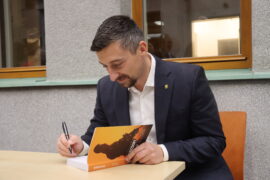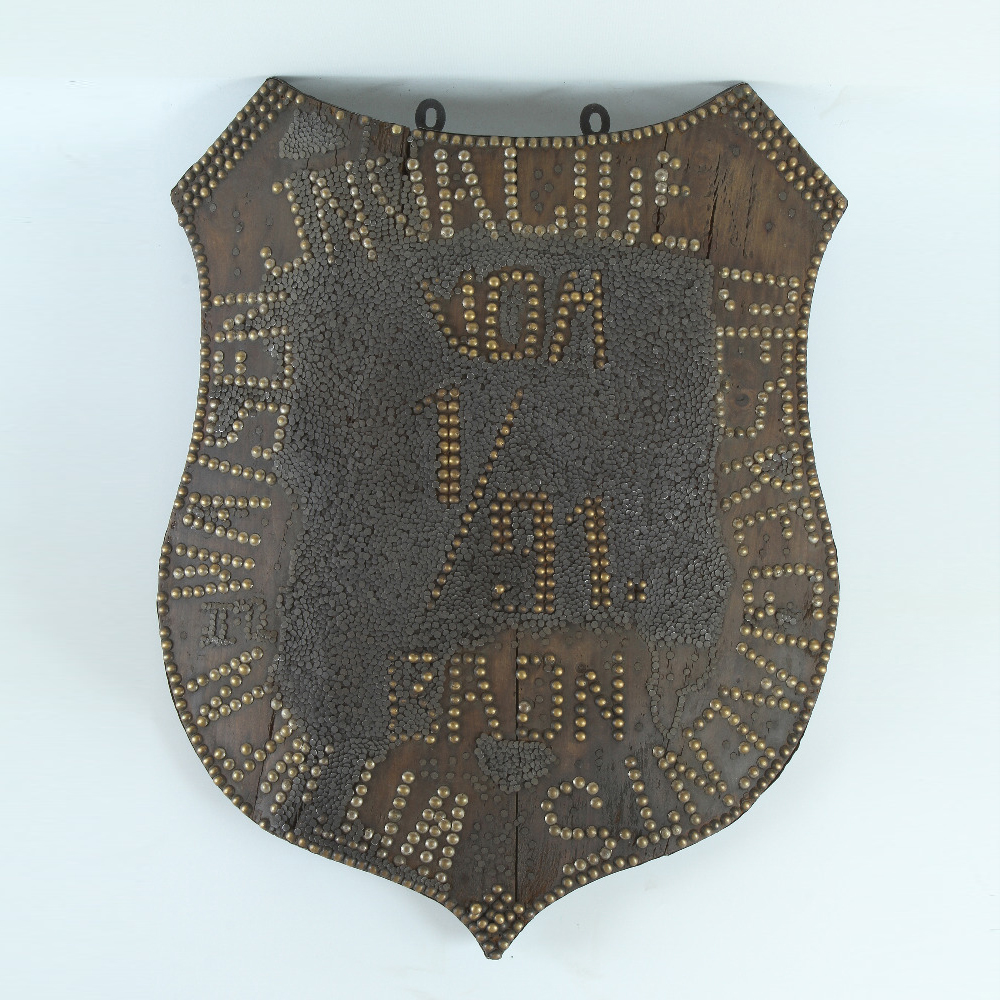
02 Wehrschild, 1915
Fotogalerie
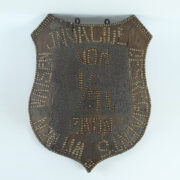

In 1915, Wehrmann im Eisen appeared, first in Austria-Hungary and then in Germany. It was one of the many ways in which people could contribute funds for war widows and orphans. People hammered nails into a wooden statue of a warrior for a certain amount of money. The wooden warrior eventually became all covered in iron. This idea spread rather quickly and was often copied. One of them was the Wehrschild (war shield), an example of which can be found in the collections of the Military History Institute.
According to the surviving information, the wooden shield probably dates back to 1915. The nails hammered into the shield are of two types. The larger ones form the inscription INVALIDEN DES REGIMENTS WITWEN WAISEN on the perimeter of the shield, with the inscription VOM 1/91 BAON in the middle. The smaller studs form the unfinished filling of the shield. These spikes were sold for 10-20 halers, the larger ones for 1-10 crowns. The proceeds were intended for war widows, orphans and invalids from the 1st Battalion of Infantry Regiment No. 91 (the conscription district of Ceske Budejovice).
The shield has a reinforced edge with a metal strip and is covered with metal from behind. Two metal eyelets and a wire hanging loop on the back were used to hang it.
Aktuálně

Výzkum u českých krajanů v Chorvatsku
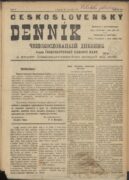
Československý deník sehrál v životě legionářů v Rusku velmi důležitou roli. Poprvé vyšel v prosinci 1917

Děkujeme za podporu pro válečné veterány. Sbírka DiGiMÁK vynesla 450 tisíc korun
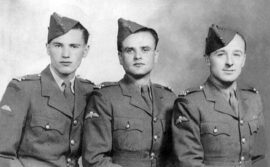
Tak trochu zamrzlé spojení
